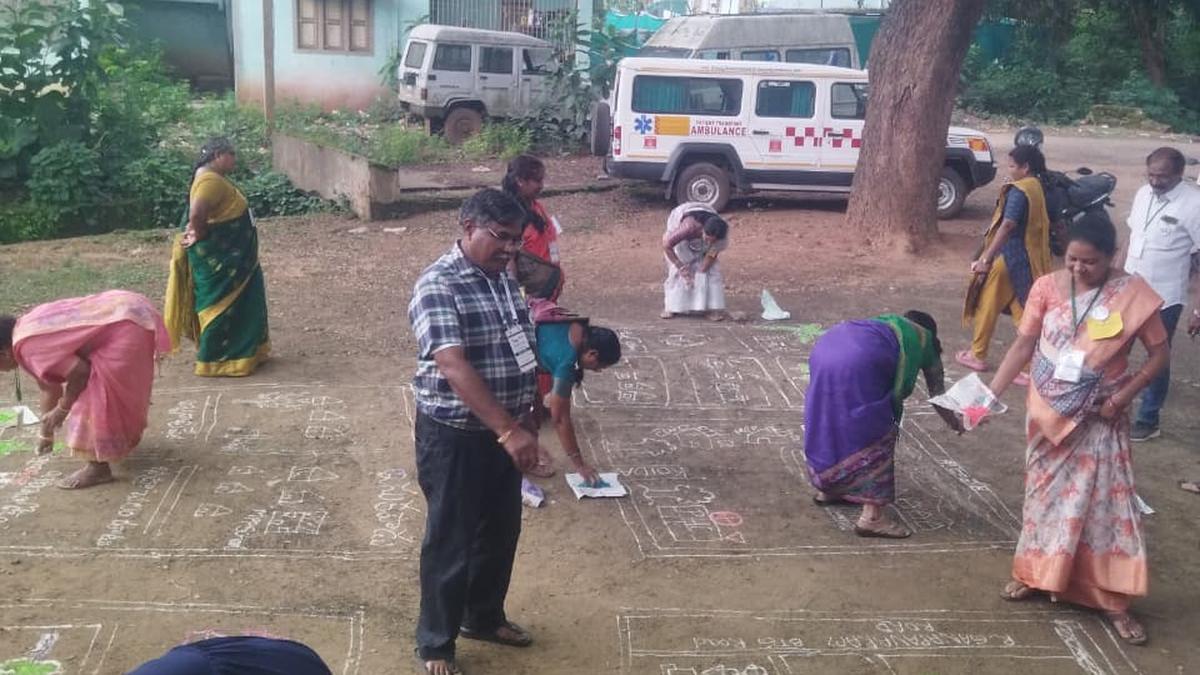Now Reading: Adi Karmayogi Initiative: Inside the Training with Candle-Lighting, Role-Playing, and Knot-Tying Activities
-
01
Adi Karmayogi Initiative: Inside the Training with Candle-Lighting, Role-Playing, and Knot-Tying Activities
Adi Karmayogi Initiative: Inside the Training with Candle-Lighting, Role-Playing, and Knot-Tying Activities

Swift Summary
- The Government of India, under the Tribal affairs Ministry’s Adi Karmayogi initiative, aims to train 20 lakh “change leaders” in tribal villages as part of the Dharti Aba Janjatiya Gram Utkarsh Abhiyaan (DAJGUA) program.
- Training involves participatory activities like:
– Candle-lighting exercises promoting positivity and initiative.
– Role-play problem-solving scenarios addressing challenges like water scarcity.
– Group activities such as knot-tying and human chain exercises emphasizing collective effort and individual solutions.
- Objectives include:
– Creating a network of trainers: 240 State-level, 2,750 district-level, and 15,000 block-level before targeting village officials and volunteers.
– Introducing “Village Vision” documents for each of one lakh targeted villages by 2030. These will be displayed via public murals as aspirational blueprints.
- Plans include establishing one lakh Adi Sewa Kendras to streamline access to welfare schemes at village levels for saturation in beneficiary coverage.
- District-level trainings currently underway; sessions will gradually scale down to block and village levels.
indian Opinion Analysis
The Adi Karmayogi initiative reflects a shift toward participatory governance in tribal areas, focusing on empowerment over mere bureaucratic implementation. By fostering grassroots engagement through innovative training exercises, the programme could amplify community ownership in developmental planning. The emphasis on “solutions within individuals” aligns with behavioral change objectives critical for overcoming motivational roadblocks often hindering welfare projects.
However, scaled execution on-ground across vast geographies-324 districts initially-poses logistical challenges that may test sustainability given limited resources or resistance from entrenched administrative routines.If prosperous, initiatives like “village Vision” could serve as models of local self-sufficiency by embedding aspiration into actionable frameworks while centralizing scheme outreach via Adi Sewa Kendras may considerably reduce delivery inefficiencies.
Read More: The Hindu























